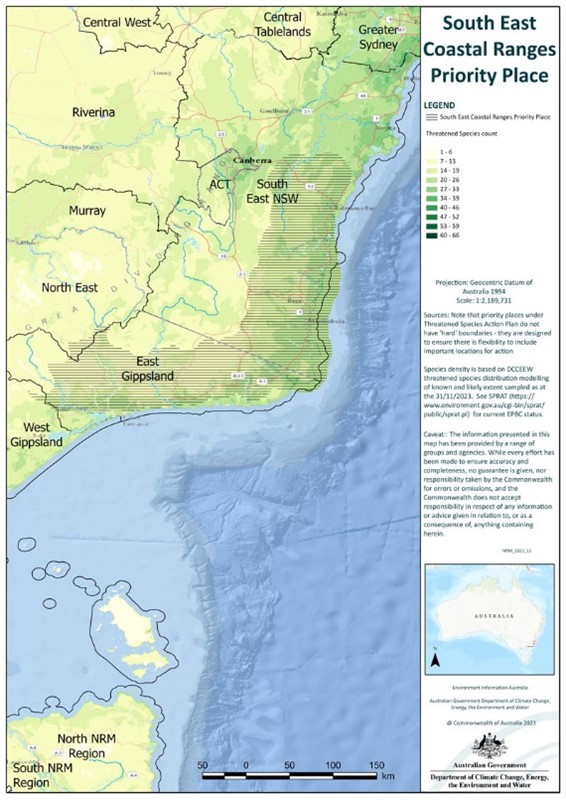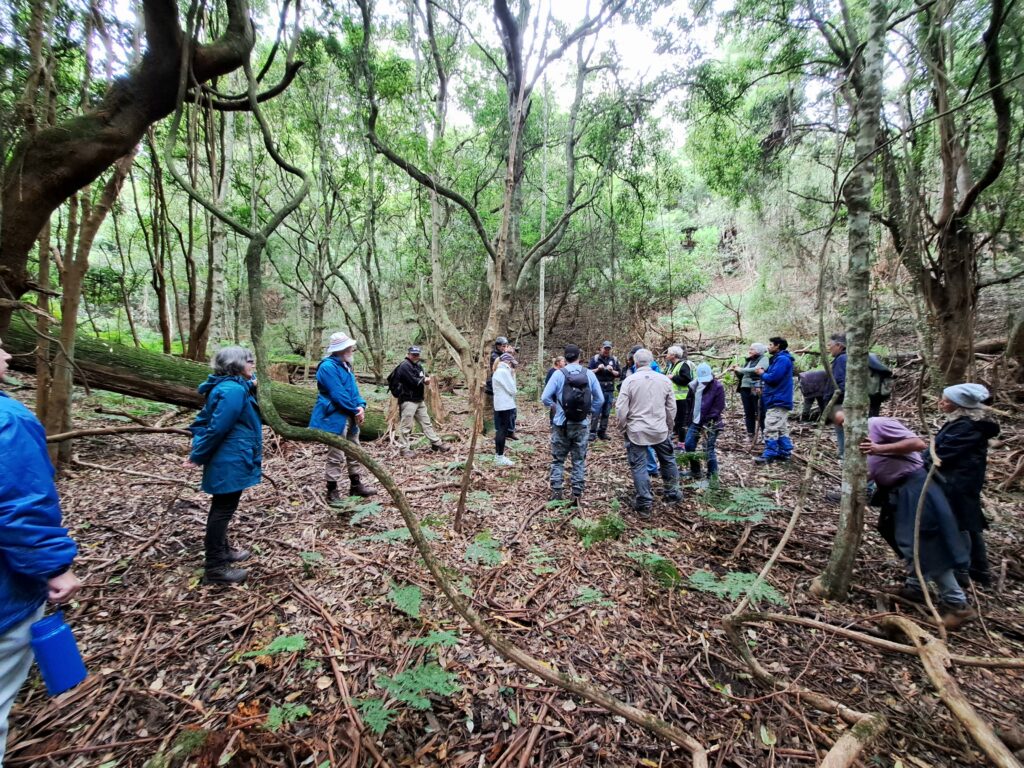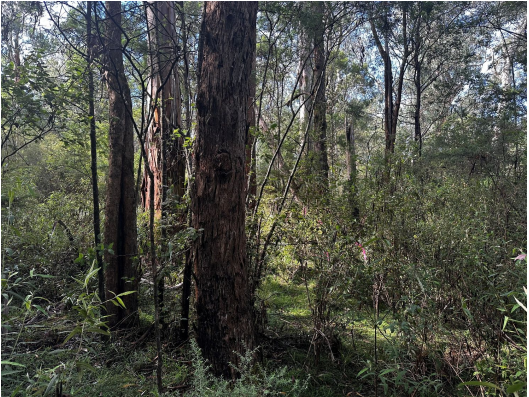Protecting the Best is focused on maintaining the condition of the relatively undisturbed landscape in East Gippsland. It features large tracts of continuous native vegetation communities and ecosystems of high quality particularly rivers and streams. The majority of the area is public land, including the internationally listed UNESCO Croajingolong Biosphere Reserve, and significant areas such as the Croajingolong, Coopracambra, Errinundra, Snowy River and Alpine National Parks.
Several areas of cleared land punctuate the landscape. These areas are used mostly for agricultural production. Most are located in river valleys such as Orbost, Cann and Genoa Rivers. Isolated cleared areas in the uplands including Gelantipy and Amboyne are mostly used for grazing.
Five waterways are recognised as Victorian ‘heritage rivers’, with the Snowy and Bemm rivers being recognised in their entirety. High-value streams are a characteristic of the area, with many streams having largely unmodified catchments. A number of streams cross the Victoria–New South Wales border, with the Snowy and Genoa rivers having the majority of their catchments in New South Wales.
Although largely unmodified, the values of this area have the potential to be significantly affected by a number of new and emerging invasive plants and animals. Because of this risk, the major focus for this landscape priority area is the control of pest plants and animals. This involves working with the range of public and private land managers in the region, and in southern New South Wales.
South East Coastal Ranges
The South East Coastal Ranges are located in the south-east corner of Australia and extend from south-east NSW into eastern Victoria along the coast and are identified as one of the twenty priority places identified in the Australian Governments’ Threatened Species Action Plan 2022-2032.
The South East Coastal Ranges area includes a unique range of natural habitats connected from alpine areas to the sea, including temperate forests and woodlands to wetlands and coastal vegetation. There are 18 threatened ecological communities within the Ranges which support many threatened and endangered species that are found nowhere else in the world.
Current Project – Saving critically endangered ecological communities in the South East Coastal Ranges
A two-year project (2024 to 2026) is currently being coordinated in Victoria by the East Gippsland Catchment Management Authority, Traditional Owners and partner agencies to improve the condition of these key habitats throughout this extensive area. This project received grant funding from the Australian Government’s Saving Native Species Program.
Across the border into NSW where the South East Coastal Ranges priority place also occurs, the NSW South East Local Land Services is also undertaking works as a component of this project.

Map: The South East Coastal Ranges Priority Place area (horizontal grey line hatching/shading) (Commonwealth of Australia, Department of Climate Change, Energy, the Environment and Water, 2023). The footprint of the South East Coastal ranges takes up a large portion of the East Gippsland region.
This project is focussed on improving the condition of the following three threatened ecological communities:
- River-flat eucalypt forest on coastal floodplains of southern New South Wales and eastern Victoria
- Littoral Rainforest and Coastal Vine Thickets of Eastern Australia
- White Box-Yellow Box-Blakely’s Red Gum Grassy Woodland and Derived Native Grassland
The project brings together agency partners, Traditional Owners and landholders to provide local and environmental expertise and on-ground actions, to improve the condition of these ecological communities. On-ground activities include targeted pest plant and pest animal control activities across the landscape, increasing native vegetation species through revegetation, completing habitat condition assessments, and engaging with the community, and protecting areas through covenanting and land management agreements.




